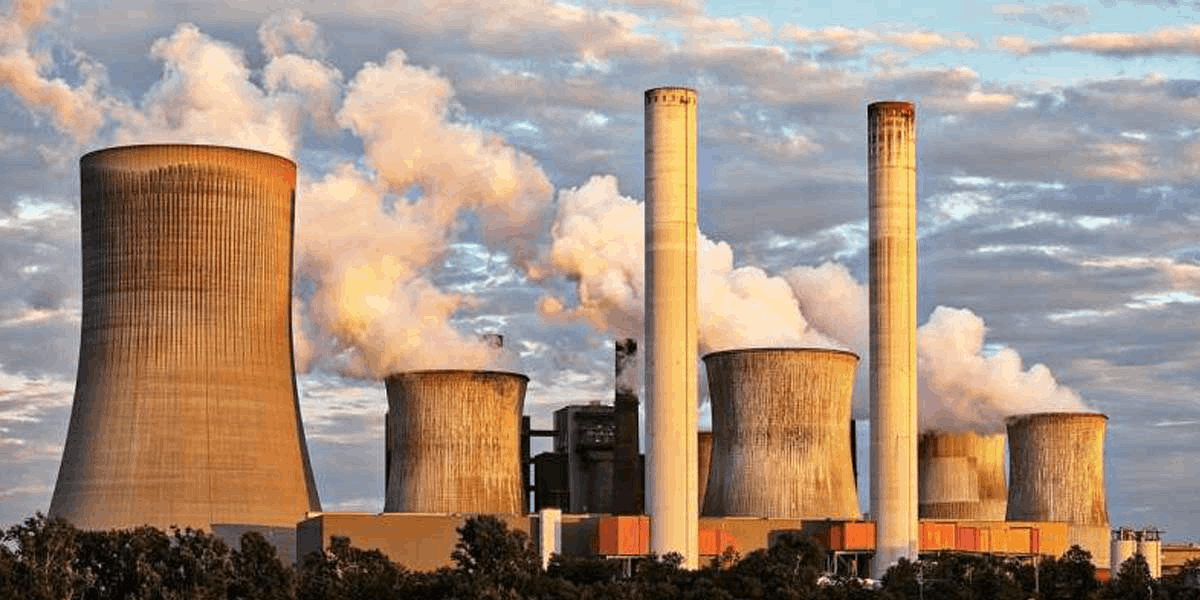India–US Trade Tensions Rise Over Steel and Auto Tariffs NMDC Limited reports a 38% drop in Q4 FY24 consolidated net profit RINL to Raise $23 Million Through Land Sales Amid Crisis

Fossil fuels continue to meet more than 80% of the world’s energy needs despite a record growth in the share of renewable sources. Since they have been humanity's main energy source for ages, an abrupt stop to their production could be disastrous.
India is dedicated to providing its people's energy needs and will have to rely on coal power until it achieves developed country status, according to Union Environment Minister Bhupender Yadav. Additionally, the minister stated that during the UN climate summit in the United Arab Emirates, India defied efforts from rich nations to stop using fossil fuels.
Changes in energy landscape
The International Energy Agency (IEA) in its September 2023 report, the agency said that "continued investment is required in some existing oil and gas assets and other approved projects.
US oil production is at a record high; India intends to double coal output by 2030; the UK is awarding additional North Sea drilling licences; and US oil majors are spending billions on deals that indicate they anticipate strong demand for decades.
The IEA estimates that to reduce the demand for fossil fuels by 20%, the world will need to treble its capacity for renewable energy in just seven years. Despite India's ability to generate affordable solar and wind energy, only 22% of the country's power comes from renewable sources.
The India factor
India currently has about 180 GW of installed renewable energy capacity, with a goal of reaching 500 GW by 2030. India increased its percentage of nuclear and renewable energy (including waste burning) from 16% to 22% between 2010 and 2023, with the remainder coming from fossil fuels.
India plans to add 17 GW of coal-based power generation capacity in the next 16 months, with coal accounting for over 70% of the country's total power generation. According to Yadav, the rich countries' demand for fresh and unrestricted limits on coal power production was "strongly resisted" by India.
Despite making up 17% of the world's population, India only contributes 4% of carbon emissions worldwide. On the other hand, developed nations are putting pressure on underdeveloped countries to stop using fossil fuels. Yadav stated, "We did not accept it (at COP28). Countries reached a historic agreement on a 'transition away from fossil fuels' last week at COP28 in Dubai while developing nations such as India and China fiercely opposed the targeting of coal.
Government stance on coal
"We don’t have an alternative to generate the required amount of electricity, and hence will have to depend on coal," said Anil Kumar Jha, former CMD, Coal India. As a result, how India meets its rising energy demand and alters its primary energy mix over the next decade will significantly impact global energy markets and help determine how global emissions targets are met.
According to the Ministry of Coal data, the country's coal production increased by 14% to 893 million tonnes (MT) in 2022-23, up from 778 million tonnes (MT) in 2021-22. In 2031-22, production is projected to reach 1,335 MT.
Also Read : Red Sea disruption: Indian refineries redirect diesel cargo to Asia as Europe loading dip India launches green hydrogen pilots for shipping and steel sectors